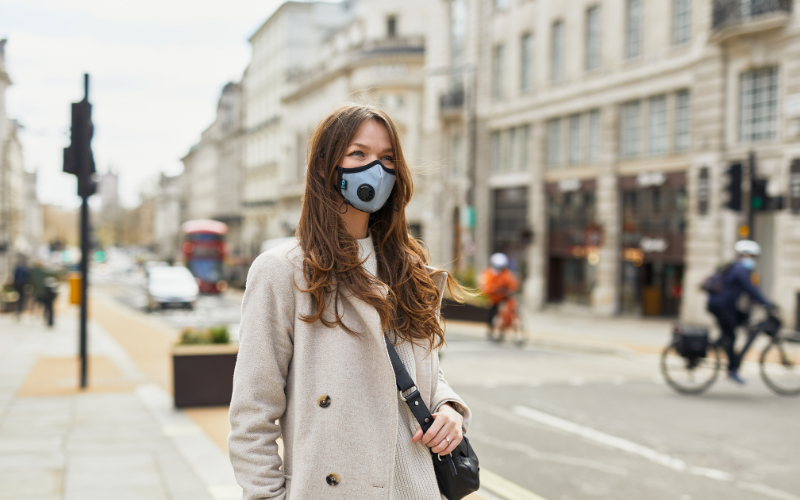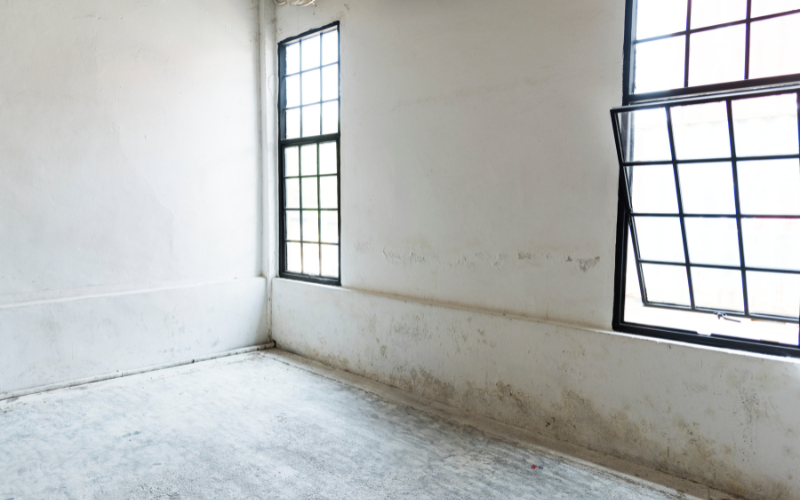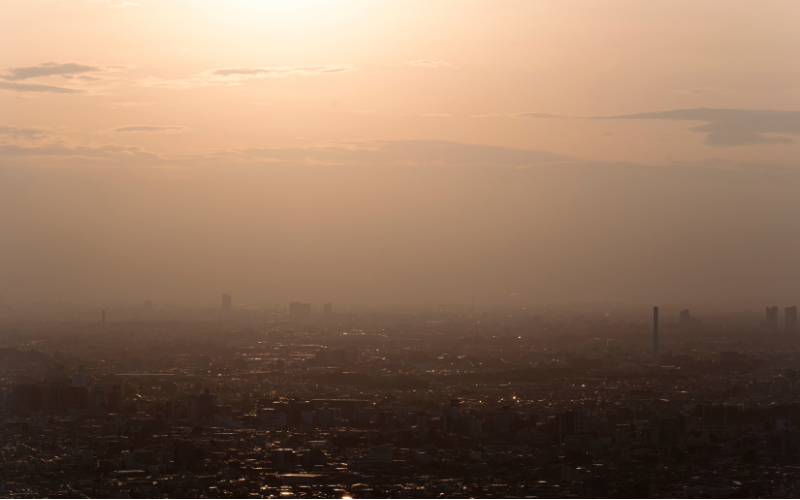
The History of Respirators: From Industrial Use to Everyday Protection
Respirators and face masks have become a significant part of our daily lives, especially in recent years. These essential items, now commonly seen on the streets, in stores, and at workplaces, have a rich history that spans centuries. This blog will take you through the fascinating journey of respirators, from their industrial origins to their current role in everyday protection.
The Origins of Respirators
The concept of protecting our lungs from harmful particles in the air is not new. The first recorded use of a respirator dates back to the 16th century when Leonardo da Vinci recommended a wet cloth over the nose and mouth to protect against harmful chemicals used in painting. However, it wasn't until the Industrial Revolution in the 19th century that the development of more sophisticated respirators began in earnest.
Early Innovations
In 1827, John Stenhouse, a Scottish chemist, developed one of the earliest prototypes of the modern respirator. His design used charcoal to filter noxious gases. Shortly after, in 1848, Lewis P. Haslett patented the first US respirator, which was capable of filtering dust from the air. These early inventions laid the groundwork for the sophisticated air masks we use today. Stenhouse’s and Haslett’s inventions demonstrated the potential for respirators to save lives by protecting lungs from harmful particles and gases.
Industrial Use and Advances
As industries grew, so did the need for improved respiratory protection. Miners, firefighters, and factory workers were among the first to use respirators regularly. The early 20th century saw significant advancements, particularly during World War I, when the need for protection against chemical warfare led to the development of gas masks. These masks, a type of respirator, were crucial for soldiers facing chlorine and mustard gas attacks. The interwar period saw further refinements, with respirators being designed to protect workers in increasingly hazardous industrial environments.
Transition to Everyday Use
The leap from industrial and military use to everyday protection was gradual. In the 1950s and 60s, awareness about air pollution and its health impacts began to grow. This period saw the introduction of air masks designed for use by the general public in heavily polluted cities. However, it was the outbreak of the SARS epidemic in 2003 that marked a significant turning point. People in affected regions started wearing face masks regularly, a practice that continued during the H1N1 flu pandemic in 2009. These health crises highlighted the importance of personal protective equipment (PPE) and helped normalize the use of masks in public settings.
The Rise During the COVID-19 Pandemic

The COVID-19 pandemic accelerated the adoption of face masks and respirators on a global scale. Suddenly, wearing a face mask became a common practice worldwide, not just in Asia. The N95 respirator, known for its high filtration efficiency, became a household name. Masks became essential for reducing the transmission of the virus, protecting both the wearer and those around them. The pandemic also spurred innovation in mask design, leading to the development of more comfortable and effective options.
The Benefits of Everyday Protection
Wearing a face mask or respirator offers several benefits beyond protection from viruses:
- Air Quality Protection: Masks can filter out pollutants and allergens, making them useful in areas with poor air quality or during events like wildfires.
- Preventing Illness: By blocking respiratory droplets, masks help reduce the spread of colds, flu, and other respiratory infections.
- Allergy Relief: For those with seasonal allergies, masks can provide relief by filtering out pollen and other allergens.
- Healthier Public Spaces: Widespread mask use can lead to overall healthier public environments, reducing the transmission of various airborne illnesses.
Where Can I Buy a Respirator That Protects Against Mold?
Mold can be harmful to your respiratory health, especially for those with asthma or mold allergies. For protection against mold, look for a respirator with a P100 or N100 rating, as these provide the highest level of filtration against airborne particles, including mold spores. You can find these respirators at:
- Home Improvement Stores: Stores like Home Depot and Lowe's offer a range of respirators suitable for mold protection. These stores typically have knowledgeable staff who can help you choose the right product for your needs.
- Online Retailers: Amazon, Grainger, and Uline have a wide selection of respirators, including those with P100 or N100 ratings. Online shopping allows you to read reviews and compare prices, ensuring you get the best value for your purchase.
- Safety Equipment Suppliers: Specialized safety equipment suppliers often carry high-quality respirators for mold protection. These suppliers may offer more specialized advice and products tailored to professional use.

Where Can I Buy a Respirator That Protects Against Pollen?
For those suffering from pollen allergies, a respirator with a rating of N95 or higher is recommended. These respirators can effectively filter out pollen particles, providing much-needed relief during allergy seasons. You can purchase these respirators at:
- Pharmacies: Major pharmacies like CVS, Walgreens, and Rite Aid stock N95 respirators, especially during allergy seasons. Pharmacies are convenient and offer the advantage of immediate availability.
- Online Retailers: Websites like Amazon and eBay offer a variety of N95 respirators suitable for pollen protection. The wide selection and user reviews can help you make an informed decision.
- Big Box Stores: Stores like Walmart and Target often carry N95 respirators in their health and safety sections. These stores often have competitive pricing and convenient locations.
What to Consider When Buying a Respirator

When purchasing a respirator, it’s essential to consider the following factors:
- Filtration Efficiency: Check the rating (e.g., N95, P100) to ensure it meets your needs for particle filtration. Higher ratings like P100 provide more protection against smaller particles.
- Fit and Comfort: A proper fit is crucial for effectiveness. Look for respirators with adjustable straps and multiple sizes to ensure a snug fit. Comfort is also important for prolonged use; consider masks with soft lining and cushioned nosepieces.
- Breathability: Ensure the respirator allows for easy breathing. Some models come with exhalation valves to reduce moisture build-up and make breathing easier. Breathability is particularly important if you will be wearing the mask for extended periods.
- Durability: Consider the material and construction, especially if you need the respirator for prolonged or repeated use. Durable materials and robust construction can extend the life of the respirator.
- Regulatory Approval: Verify that the respirator is approved by relevant health and safety authorities, such as NIOSH in the United States. Regulatory approval ensures the respirator meets specific safety standards.
Conclusion
From Leonardo da Vinci’s wet cloth to the high-tech N95 respirators, the evolution of face masks and respirators is a testament to human ingenuity and the ongoing quest for better health and safety. Initially developed for industrial use, these essential tools have transitioned into everyday items that protect us in our daily lives. Whether it's safeguarding against pollution, allergens, or infectious diseases, face masks and respirators play a crucial role in public health. As we continue to navigate the challenges of modern living, their importance cannot be overstated.
Embrace the protection that face masks and respirators offer, and stay informed about the best practices for their use. By doing so, you're not just protecting yourself but also contributing to a healthier, safer world for everyone.


